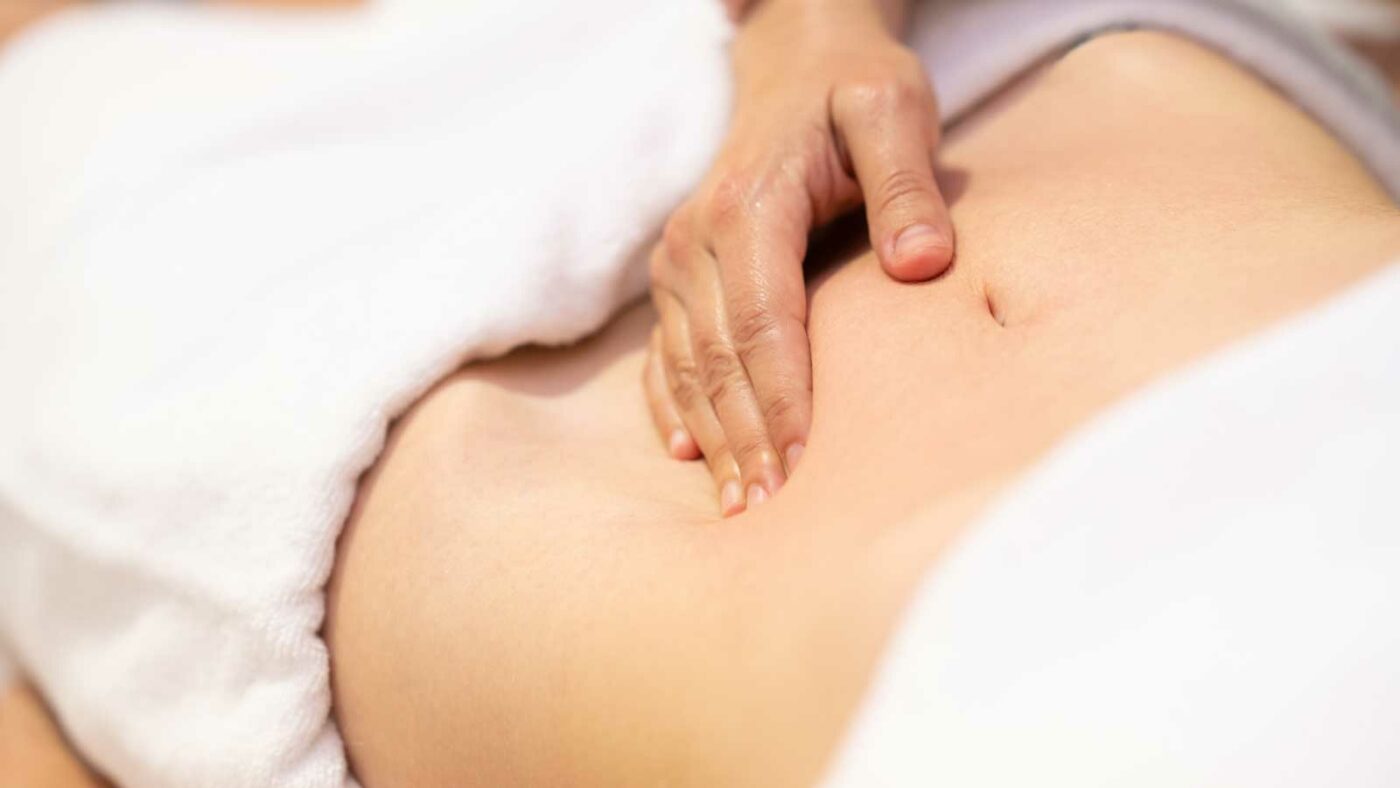For many plastic surgery enthusiasts, achieving a flat and toned abdomen is a top priority. While diet and exercise can work wonders, some individuals may face unique challenges due to a condition called Diastasis Recti. In this comprehensive guide, we will explore what Diastasis Recti is, its causes, symptoms, and most importantly, how plastic surgery can help address this issue. So, let’s dive in and understand this condition better!
What Is Diastasis Recti?
Diastasis Recti, often referred to as “abdominal separation,” is a condition where the abdominal muscles, specifically the rectus abdominis, become separated due to the stretching of the connective tissue (linea alba) that holds them together. This separation creates a visible gap between the muscles, causing the abdomen to protrude.
What Causes Diastasis Recti?
- Pregnancy: One of the most common causes of Diastasis Recti is pregnancy. As the baby grows, the abdominal muscles stretch to accommodate the expanding uterus. After childbirth, some women find that their abdominal muscles do not fully return to their pre-pregnancy state.
- Weight Fluctuations: Rapid weight gain or loss can strain the abdominal muscles and contribute to Diastasis Recti. This is particularly relevant for those who have undergone significant changes in body weight.
- Improper Core Exercises: Incorrectly performing certain core exercises can exacerbate Diastasis Recti rather than help. It’s crucial to have proper guidance when engaging in abdominal workouts, especially if you suspect you have this condition.
Recognizing Diastasis Recti
Diastasis Recti can manifest in various ways, and recognizing its symptoms is essential for seeking appropriate treatment. Common signs include:
- Visible Abdominal Gap: A telltale sign is the visible gap or “doming” in the midline of the abdomen when you contract your muscles, particularly when sitting up or doing a crunch.
- Lower Back Pain: Weak abdominal muscles can lead to lower back pain, as they play a crucial role in supporting the spine.
- Digestive Issues: Some individuals with Diastasis Recti may experience digestive problems like bloating and constipation, as the weakened core muscles can affect the digestive system’s function.
Non-Surgical Treatment Options
Before exploring surgical solutions, it’s important to mention non-surgical treatment options that may help alleviate Diastasis Recti:
- Physical Therapy: Working with a physical therapist can help strengthen the core muscles and improve posture, reducing the gap between the rectus abdominis.
- Targeted Exercises: Some exercises, like pelvic tilts and transverse abdominis activation, can help close the gap when performed correctly.
- Compression Garments: Wearing compression garments can provide support to the abdominal muscles, especially during activities that may strain them.
Plastic Surgery for Diastasis Recti
While non-surgical treatments can be effective for some individuals, others may find that they require a more permanent solution. Plastic surgery offers several options to address Diastasis Recti:
- Abdominoplasty (Tummy Tuck): A tummy tuck is a popular surgical procedure that not only removes excess skin and fat but also tightens the abdominal muscles. It is an effective way to address Diastasis Recti, especially for those who have tried non-surgical methods without success.
- Liposuction: Liposuction can be used in conjunction with a tummy tuck to remove excess fat from the abdomen, creating a more sculpted appearance.
- Combination Procedures: Plastic surgeons can tailor procedures to each individual’s needs. Some patients may benefit from a combination of procedures to achieve the best results.
The Importance of Consultation
Before deciding on any surgical procedure, it’s crucial to consult with a board-certified plastic surgeon. During the consultation, your surgeon will assess your specific condition, discuss your goals, and recommend the most appropriate treatment plan. They will also provide guidance on preparation, recovery, and potential risks associated with the procedure.
Conclusion
Diastasis Recti can be a source of frustration and discomfort for many individuals, but it’s important to know that effective solutions exist. Whether you choose non-surgical treatments or plastic surgery, the goal is to regain a strong, toned abdomen and improve your overall quality of life. Consult with a trusted plastic surgeon to explore your options and take the first step towards a more confident you. Remember, a flat and toned abdomen is within reach, even if you’ve been living with Diastasis Recti.





